Discovering the world of mocha coffee can be an exciting journey, especially when you dive into the art of home roasting. Imagine the rich aroma of freshly roasted beans filling your kitchen as you learn the techniques to create your perfect cup. Home roasting workshops offer a unique opportunity to explore this craft, giving you the chance to connect with fellow coffee enthusiasts while mastering the art behind your favorite brew.
Not only will you learn about the various beans and their origins, but you’ll also gain insights into the roasting process itself. Understanding how to choose the right workshop can set you on the path to becoming a mocha coffee connoisseur. Let’s embark on this flavorful adventure together!
- Discover the charm of home roasting workshops and what they offer.
- Learn about the unique characteristics and flavors of mocha coffee.
- Understand the importance of proper storage for your roasted beans.
What is a Home Roasting Workshop?
The Charm of Home Roasting
Home roasting has a unique charm that captivates coffee lovers. Imagine being able to transform green coffee beans into your own personalized roast, tailored to your taste. The process is not just about brewing coffee; it’s about creating an experience that engages all your senses. As you roast the beans, you’ll enjoy the enticing aromas that evolve, hinting at the flavors yet to come.
In a home roasting workshop, you get to be hands-on with the roasting equipment and learn from experienced roasters. It’s an opportunity to experiment with different roast levels, discovering how each one affects the final taste of your mocha coffee. This interactive experience can be both educational and fun, making it easy to connect with your fellow coffee enthusiasts.
Plus, you’ll leave with a deeper appreciation for the craft of coffee roasting. The knowledge gained during these workshops can inspire you to continue honing your skills at home, experimenting with various beans and roasting techniques.
- Hands-on experience with roasting equipment
- Opportunity to experiment with different beans
- Deeper appreciation for the craft of coffee
How to Choose a Workshop
When considering a home roasting workshop, it’s important to find one that suits your needs and interests. Start by researching local options and checking out their reviews. Look for workshops that emphasize hands-on experience, as this will allow you to gain practical skills that you can use in your own kitchen.
Another key factor is the instructor’s expertise. A knowledgeable instructor can provide valuable insights and tips that go beyond basic roasting techniques. They should be passionate about coffee and eager to share their experiences, helping you feel inspired along your journey.
Consider the workshop’s focus as well. Some might specialize in specific types of coffee, like mocha, while others may cover a broader range. Determine what you’re most excited to learn about and choose a workshop that aligns with your interests. Finally, don’t forget to check the class size; smaller groups often mean more personalized attention.
- Research local workshops and read reviews
- Look for experienced and passionate instructors
- Choose a workshop that matches your interests
- Consider class size for personalized attention
Characteristics of Mocha Coffee
Flavor and Aroma of Mocha
When it comes to mocha coffee, the flavor and aroma are truly distinct. The rich, chocolatey notes combined with a hint of sweetness create a delightful experience for your taste buds. As you sip your mocha, you may notice a smooth and creamy texture that adds to its overall appeal. This unique combination makes mocha coffee a favorite among many coffee lovers.
The aroma of freshly brewed mocha is equally captivating. It has a warm, inviting scent that fills the air, drawing you in for that first taste. The balance between the coffee and chocolate aromas creates a comforting feeling, making it the perfect drink for cozy mornings or relaxing afternoons.
Exploring different roasting techniques can further enhance the flavor profile of your mocha. By adjusting the roast level, you can unlock various subtleties in taste, from fruity to nutty undertones. This is where your knowledge from home roasting workshops can really come into play, allowing you to tailor your mocha coffee to your personal preferences.
- Rich chocolatey notes
- Smooth and creamy texture
- Inviting aroma that fills the air
Impact of Bean Origin
The origin of the coffee bean plays a significant role in defining the overall character of mocha coffee. Different regions produce beans with unique flavor profiles, influenced by factors such as climate, soil, and altitude. For instance, beans from Ethiopia are known for their fruity and floral notes, while those from Colombia tend to be more balanced with a mild acidity.
When selecting beans for your mocha, consider experimenting with various origins. Each type of bean can lend its own personality to your brew, allowing you to create a mocha that truly reflects your taste. With the knowledge gained from your home roasting workshop, you’ll feel confident in choosing the best beans to achieve your desired flavor.
Moreover, understanding the journey of your coffee beans from farm to cup can deepen your appreciation for mocha coffee. Learning about the farmers and their cultivation methods can make each sip feel more meaningful. It’s fascinating to think about how the environment and care put into growing each bean impact your final cup.
By exploring different bean origins, you can elevate your mocha coffee experience, making it a personal journey of discovery and flavor.
- Different regions produce unique flavors
- Experiment with various bean origins
- Deepen appreciation for the journey of your coffee
Understanding the Roasting Process
Stages of Roasting
Roasting coffee beans is a fascinating journey that involves several distinct stages, each contributing to the final flavor profile. The process begins with green beans, which are heated to transform them into those aromatic brown gems we all love. As the beans heat up, they pass through various stages, including drying, browning, and the all-important first crack.
During the drying stage, the moisture within the beans evaporates, preparing them for the next phase. As the beans continue to heat, they begin to change color, moving from green to yellow, and then to light brown. This browning stage is where the Maillard reaction happens, creating those delightful flavors that coffee enthusiasts crave. Listening for the first crack signals that the beans are reaching a light roast, and it’s an exciting moment for any home roasting workshop participant.
Understanding these stages not only enhances your appreciation for the craft but also allows you to experiment with each phase to achieve your desired roast level. This knowledge is key when creating your perfect mocha coffee at home.
- The roasting process begins with green beans.
- Key stages include drying, browning, and the first crack.
- Each stage contributes to the final flavor profile.
Flavor Differences by Roast Level
The roast level of coffee beans dramatically influences the flavor and aroma of your brew. Light roasts retain more of the original bean’s characteristics, often showcasing bright acidity and fruity notes. This roast level can bring out the unique qualities of the mocha coffee you’re striving to perfect.
On the other end of the spectrum, medium roasts strike a balance, offering a harmonious blend of acidity and sweetness. This level is popular among those who enjoy a fuller-bodied cup without losing too much of the bean’s original flavor. As you explore medium roasts during your home roasting workshop, you might discover how these flavors can complement the chocolatey notes of mocha coffee.
Dark roasts, while bold and rich, tend to mask the original flavors of the beans, often resulting in a more bitter taste. However, many coffee lovers enjoy the deep, smoky flavors that come with dark roasts, making them a popular choice for those who like their mocha with a robust twist.
Experimenting with various roast levels is a thrilling part of the home roasting experience. Each roast level offers a different perspective on your favorite mocha coffee, allowing you to create a cup that resonates with your personal tastes. As you refine your roasting skills, you’ll find that understanding these flavor differences is key to crafting the perfect brew.
- Light roasts highlight fruity notes and acidity.
- Medium roasts blend acidity with sweetness for balance.
- Dark roasts offer bold, smoky flavors that may mask original bean characteristics.
- Experimenting with roast levels allows for personalized mocha coffee experiences.
How to Store Mocha Coffee
Tips for Storing Beans
Once you’ve roasted your own mocha coffee beans, it’s essential to store them correctly to preserve their freshness and flavor. The right storage method can make a significant difference in your coffee experience. Ideally, you want to keep your beans away from light, moisture, and heat. A dark, cool place is perfect for storing your beans, ensuring they maintain their rich flavors and aromas.
Using an airtight container is a great way to keep your roasted beans fresh. Glass jars or specialized coffee canisters with airtight seals work well to prevent air exposure. If you have a larger batch of beans, consider dividing them into smaller portions to reduce the amount of time they are exposed to air each time you open the container.
Another important tip is to avoid storing your beans in the fridge or freezer. While it might seem like a good idea, fluctuating temperatures can lead to condensation, which negatively affects the quality of the beans. Instead, find a designated spot in your kitchen where you can keep your beans safe and sound.
- Store beans in a dark, cool place away from light and heat.
- Use airtight containers to prevent air exposure.
- Avoid the fridge or freezer to maintain bean quality.
Storage after Brewing
After brewing your delicious mocha coffee, how you store any leftover coffee can also impact its taste. While it’s tempting to leave brewed coffee sitting on the counter, it’s best to consume it fresh. If you do have leftovers, consider transferring them to a thermos or an insulated carafe. This helps keep the coffee warm without continued exposure to heat, which can lead to a bitter flavor.
If you find yourself with more brewed coffee than you can drink, you can store it in the refrigerator for a day or two. However, keep in mind that the flavor will change over time. It’s best to reheat it gently on the stove rather than using a microwave, as this helps preserve some of its original taste.
For those adventurous enough, consider using leftover coffee in creative ways. You can make iced mocha coffee by pouring the cold brew over ice or even use it as an ingredient in baking. Finding new uses for your coffee not only minimizes waste but also adds a fun twist to your coffee experience.
- Store brewed coffee in a thermos or insulated carafe to maintain warmth.
- Refrigerate leftover coffee for up to two days, but expect flavor changes.
- Get creative by using leftover coffee in iced drinks or baking recipes.
Summary
As we delve into the world of mocha coffee and home roasting workshops, it’s clear that this journey offers more than just a delicious cup of coffee. It allows enthusiasts to connect, learn, and develop a deeper appreciation for the craft. From selecting the right beans to mastering the roasting process, each step contributes to a unique and personalized coffee experience. Remember, the joy of creating your perfect mocha is not just about the final product—it’s about the moments shared and the skills developed along the way.
In summary, participating in a home roasting workshop can be a transformative experience for any coffee lover. You’ll gain hands-on knowledge about the roasting process, explore various bean origins, and learn the importance of proper storage. These insights will empower you to craft the ideal mocha coffee at home, elevating your coffee experience to new heights.
- Home roasting workshops provide hands-on experience with coffee roasting techniques.
- Understanding bean origins and storage methods enhances your coffee appreciation.
- Experimenting with different roast levels allows you to tailor your mocha coffee to your taste.
We would love to hear your thoughts! Have you ever participated in a home roasting workshop, or do you have any tips for brewing the perfect mocha coffee? Please share your experiences in the comments below!


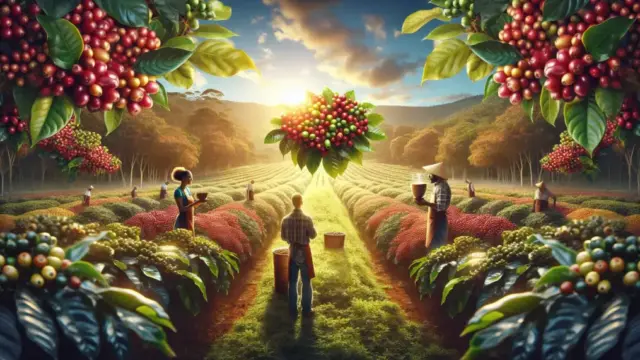


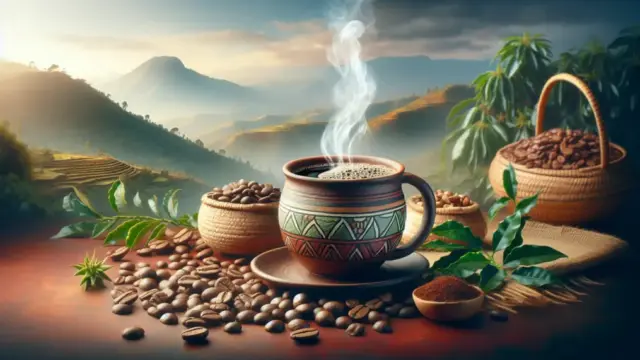
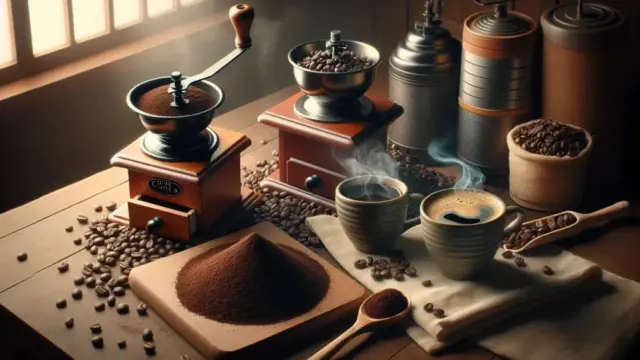









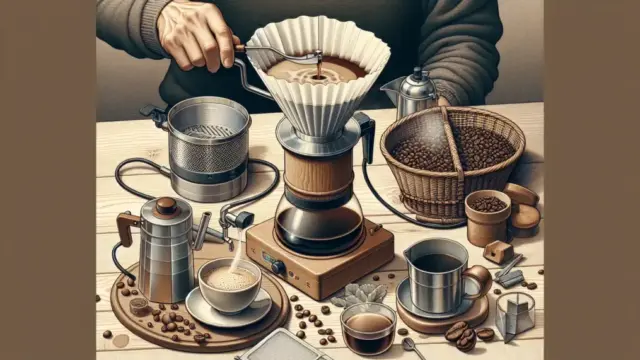







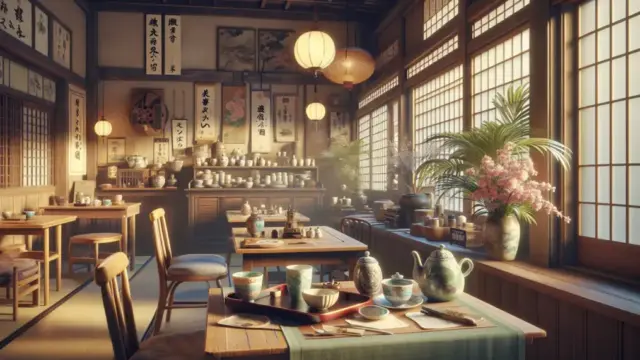





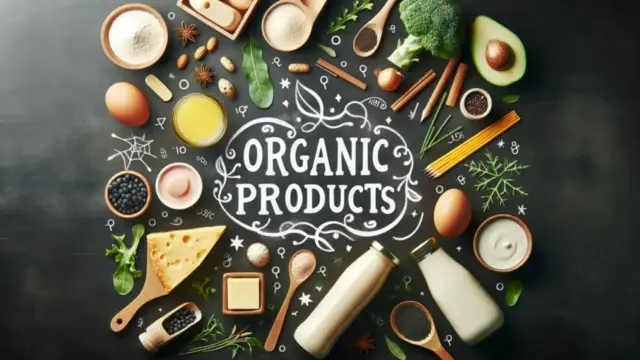

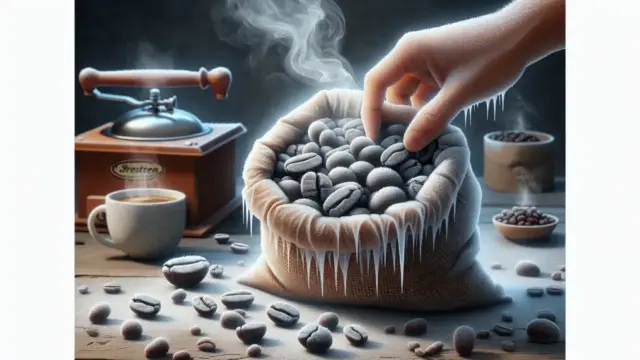

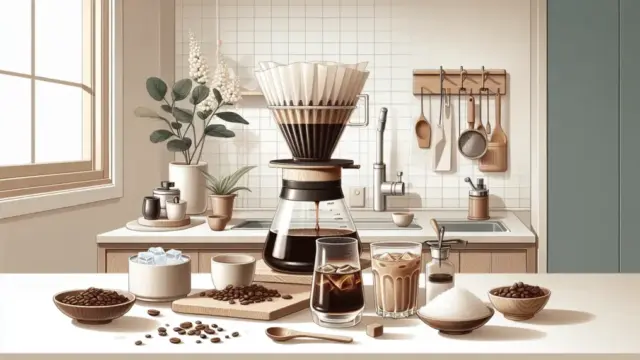












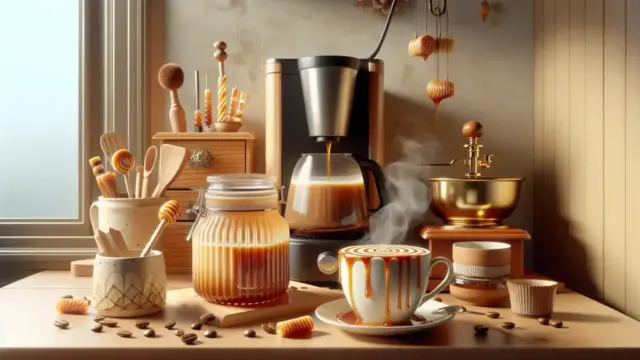







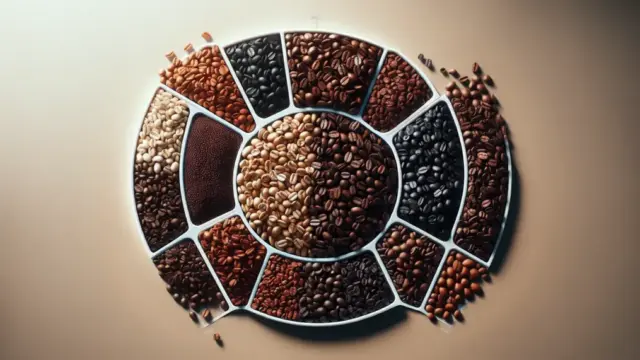
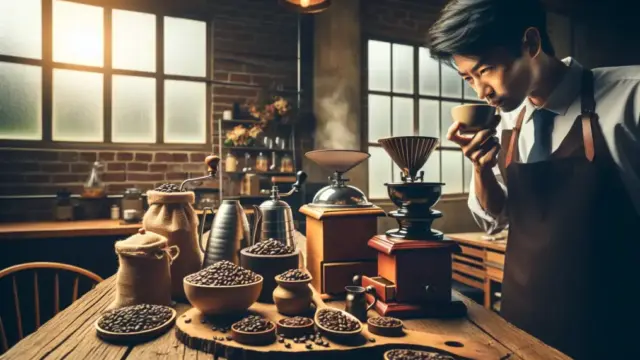
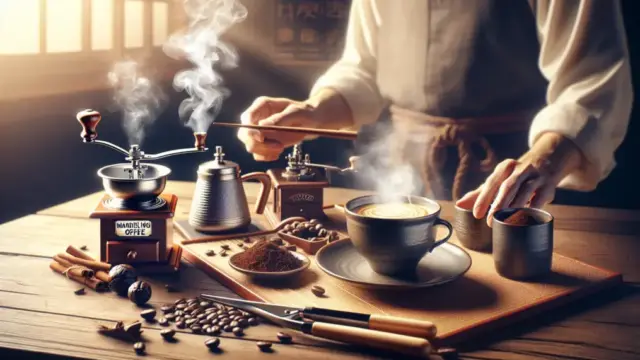







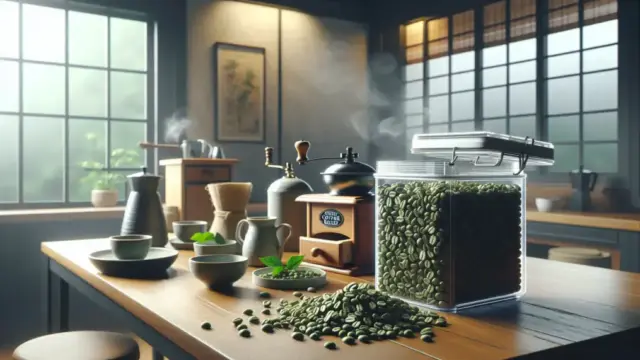

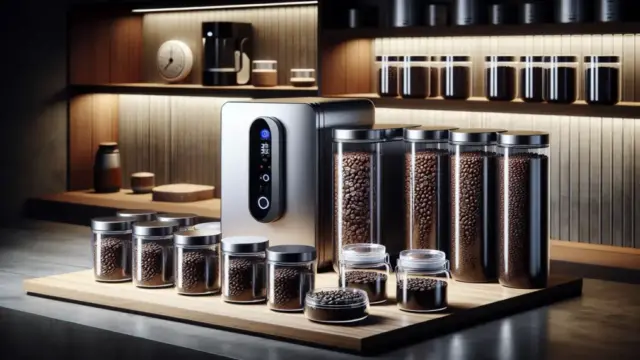




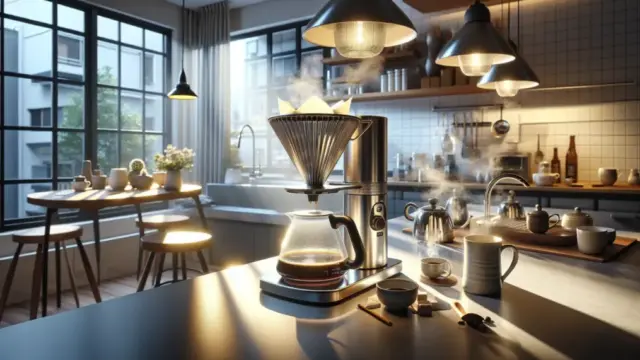
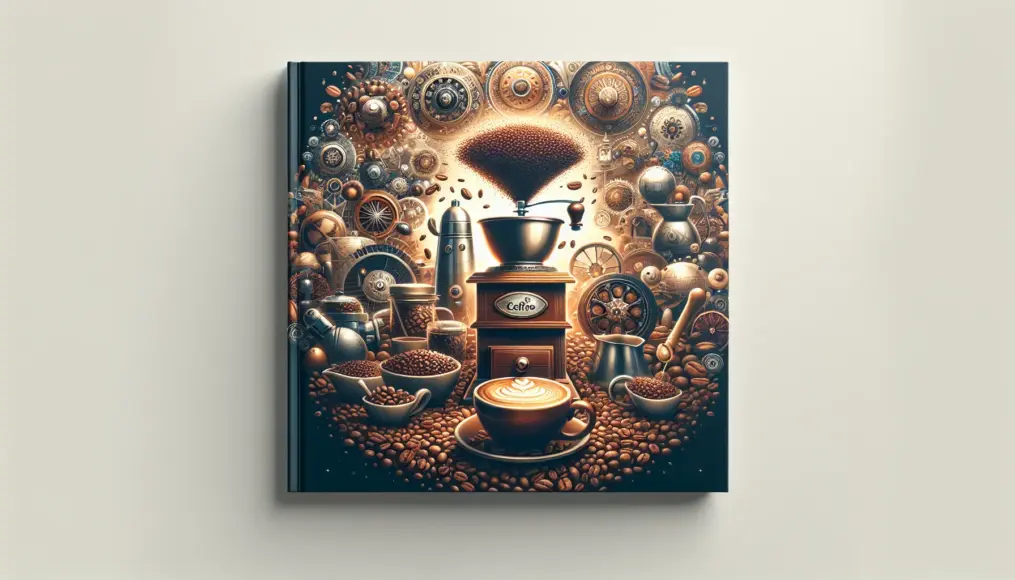

Comment